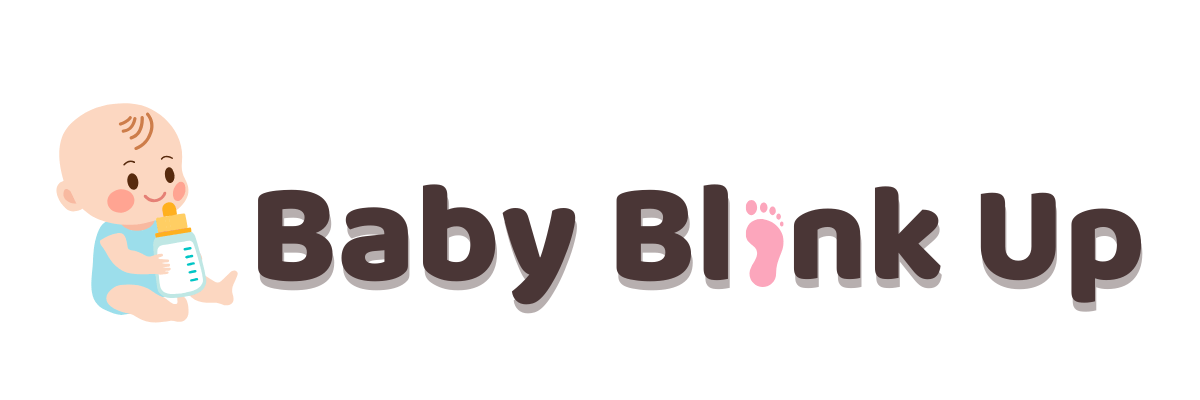Pregnancy is a beautiful journey, but it comes with significant changes to your body. As your baby grows, you’ll notice how seemingly minor things, like your sitting posture, can affect your comfort and health. Understanding sitting positions to avoid during pregnancy is crucial for maintaining proper posture, reducing pregnancy back pain, and promoting healthy blood flow.
This guide will help you identify unsafe sitting positions, provide alternatives, and share tips for maintaining comfort during this special time.
Sitting Positions to Avoid During Pregnancy for a Comfortable Journey

Why Sitting Posture Matters During Pregnancy
Your body undergoes incredible changes during pregnancy, including weight shifts, hormonal fluctuations, and increased pressure on joints and muscles. Sitting incorrectly can amplify discomfort, restrict blood circulation, and even impact your baby’s positioning.
Proper posture not only reduces back pain but also ensures that your growing baby has enough space to move freely. By avoiding unsafe sitting positions and adopting comfortable sitting habits, you can improve your overall pregnancy experience and prepare your body for labor and postpartum recovery.
7 Unsafe Sitting Positions to Avoid During Pregnancy
Below are some common sitting positions that could harm your health or cause discomfort during pregnancy.
1. Slouching or Hunching Over
Slouching might feel relaxing at first, but it strains your lower back and neck. During pregnancy, slouching increases pressure on your spine, exacerbating pregnancy back pain.
- Why it’s unsafe:
- Compresses the abdominal area
- Worsens back pain
- Encourages poor baby positioning
- How to correct it:
- Sit upright with your back supported by a cushion or chair.
- Keep your feet flat on the floor.
2. Crossing Your Legs
Many of us cross our legs instinctively, but during pregnancy, this habit can restrict blood flow. Reduced circulation may lead to swelling in your legs and feet, a common pregnancy complaint.
- Why it’s unsafe:
- Causes poor circulation
- Increases leg swelling
- How to correct it:
- Sit with both feet flat on the floor.
- Use a footrest to elevate your legs if needed.
3. Leaning Forward Too Much
Leaning forward compresses your abdomen, which can limit your baby’s movement. This posture also places unnecessary pressure on your lower back.
- Why it’s unsafe:
- Restricts abdominal space
- Causes neck and back strain
- How to correct it:
- Keep your back straight and shoulders relaxed.
- Adjust your chair or table height to avoid leaning.
4. Reclining Too Far Back
While reclining can feel comfortable in the moment, it’s not ideal for long durations. Reclining reduces blood flow and may increase pressure on your tailbone.
- Why it’s unsafe:
- Restricts circulation to the lower body
- Encourages poor posture
- How to correct it:
- Use a pregnancy pillow for lumbar support.
- Alternate reclining with upright sitting positions.
5. Sitting on Hard Surfaces
Sitting on hard or rigid surfaces can strain your pelvic floor and tailbone, causing discomfort.
- Why it’s unsafe:
- Increases pressure on the lower spine
- Worsens lower-body fatigue
- How to correct it:
- Choose padded or cushioned seating.
- Carry a portable cushion when necessary.
6. Sitting with Knees Higher Than Hips
Low chairs or sofas often cause your knees to rise above your hips, tilting your pelvis backward and straining your lower spine.
- Why it’s unsafe:
- Creates poor pelvic alignment
- Worsens lower back pain
- How to correct it:
- Adjust your chair height or use a cushion to elevate your hips.
- Keep your knees slightly below or level with your hips.
7. Prolonged Sitting Without Movement
Remaining in one position for too long, even with good posture, can lead to stiffness and poor circulation.
- Why it’s unsafe:
- Increases swelling in legs and feet
- Can worsen back pain
- How to correct it:
- Take breaks every 30-45 minutes to stretch and walk around.
- Incorporate light exercises like ankle rotations while sitting.
Tips for Comfortable Sitting Positions During Pregnancy

Avoiding unsafe habits is only part of the solution. Here’s how to practice comfortable sitting positions for pregnancy:
Supportive Sitting Tips
- Use ergonomic chairs: Look for chairs with lumbar support or adjustable backrests.
- Add cushioning: Place a small pillow behind your lower back for added support.
- Sit upright: Keep your back straight, shoulders relaxed, and feet flat on the floor.
Adjustments for Work or Home
- Desk setup: Ensure your desk and chair height promote good posture.
- Footrest: Elevate your feet slightly to improve circulation.
- Breaks: Stand up and stretch every hour, especially during long workdays.
Example of Good Sitting Posture
Imagine working at a desk. Your chair supports your back, a small pillow cushions your lumbar spine, and your screen is at eye level. Your feet rest flat on the floor or a footrest, keeping your knees slightly lower than your hips.
Importance of Proper Pregnancy Posture

Maintaining the right posture is essential for your overall health and your baby’s development. Poor posture can lead to:
- Increased back pain: Slouching or leaning forward strains your spine.
- Swelling: Prolonged sitting or crossing legs reduces blood flow.
- Poor baby positioning: Unsupportive postures can limit fetal movement.
Adopting better sitting habits supports spinal alignment, reduces strain, and keeps you comfortable throughout your pregnancy journey.
Conclusion:
Your sitting habits may seem minor, but they play a significant role in ensuring a healthier, more comfortable pregnancy. By avoiding unsafe postures like slouching, crossing legs, or prolonged sitting, and adopting comfortable sitting positions for pregnancy, you can minimize discomfort and support your baby’s growth. Small changes in posture can make a big difference in your daily comfort and overall well-being.
FAQs: Sitting Positions to Avoid During Pregnancy
Why should I avoid crossing my legs during pregnancy?
Crossing your legs restricts circulation and can increase swelling in your feet and legs. opt for sitting with your feet flat on the floor to promote better blood flow.
Can slouching harm my baby?
Slouching won’t harm your baby directly, but it can worsen back pain and reduce abdominal space, potentially affecting your baby’s positioning.
How often should I take breaks when sitting for long periods?
Take breaks every 30-45 minutes to stretch and move. This helps improve circulation and reduces stiffness.
Is reclining completely unsafe during pregnancy?
Reclining is fine in moderation, but avoid prolonged reclining. Use proper support and alternate with upright sitting positions to maintain good posture.
Are hard chairs bad for pregnancy?
Yes, hard chairs can strain your tailbone and pelvic floor. Use cushioned seating or portable cushions for better comfort.




